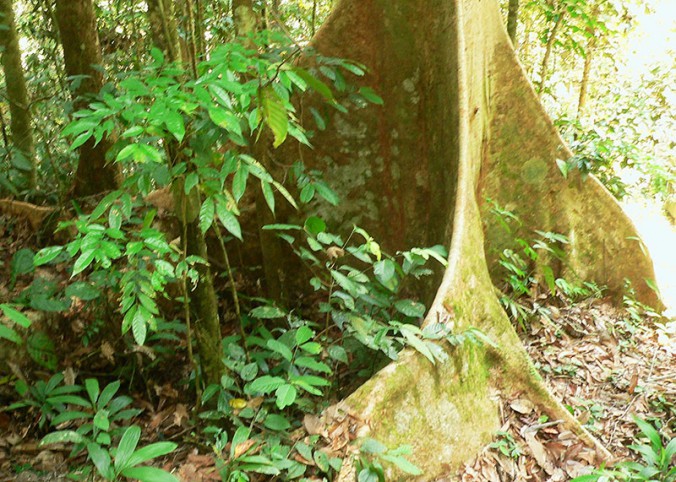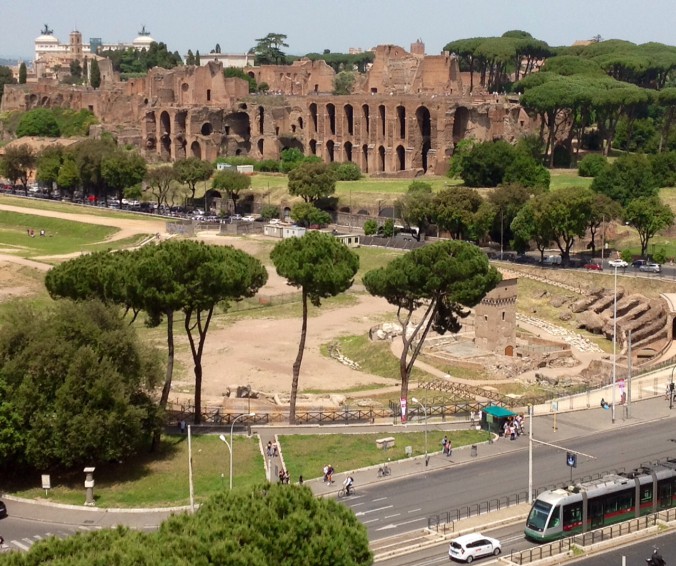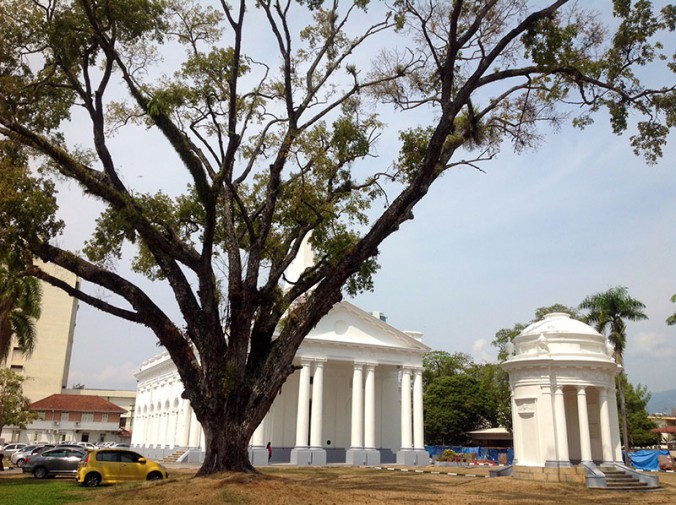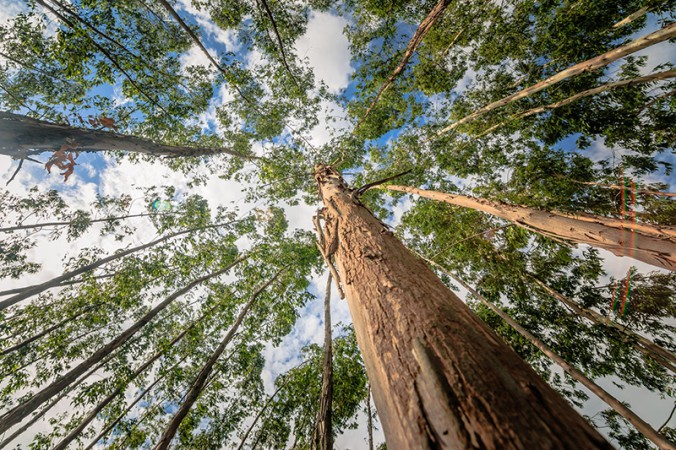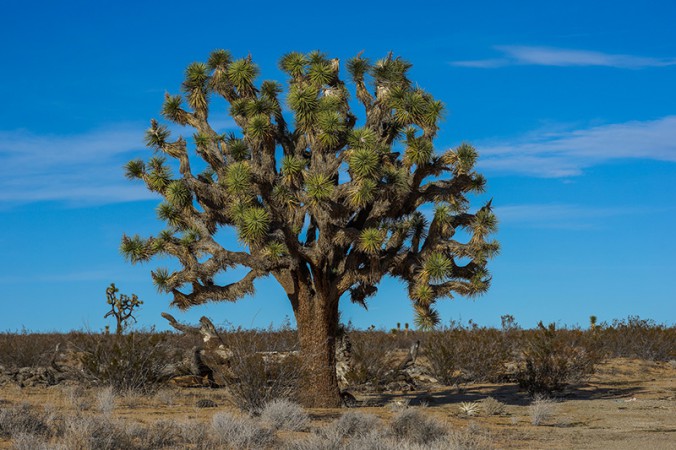Been working in Brunei Darussalam recently, including having a look around the Temburong National Park. The park is notable for its extensive pristine tropical forest on hill country, with some interesting inhabitants, including the endangered Proboscis monkey. The trees in the park are numerous in terms of numbers of species and size. The average height of the taller trees rarely exceeds 50 to 60 metres, though individual trees may grow up to 90 metres tall.
Buttress roots are a fascinating feature in tropical forests and I saw some great examples in Brunei. Unlike temperate forests where… Read more “Buttress roots in Brunei”
